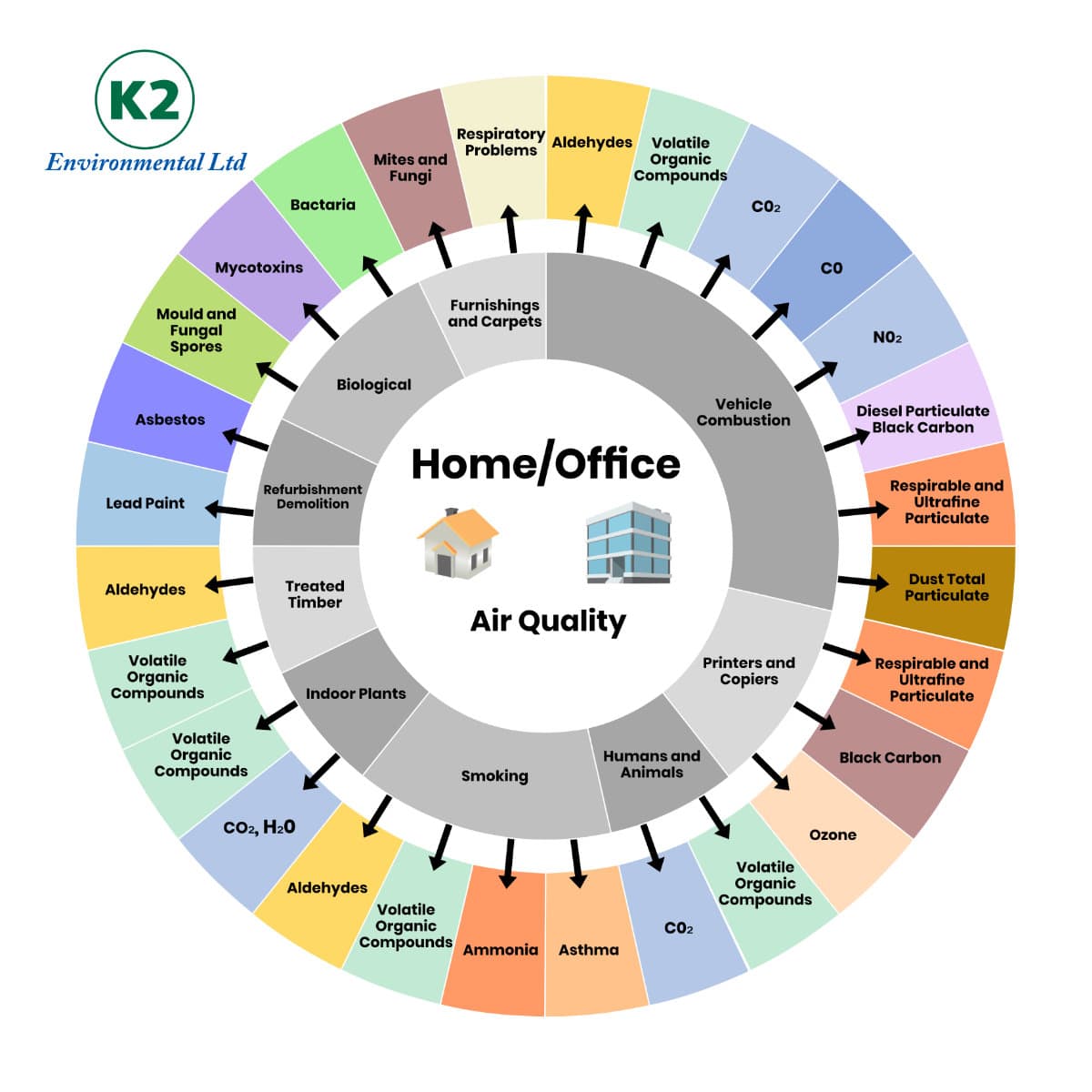Maintaining good air quality in the office is essential for the well-being, concentration and productivity of your team. Problems with air quality are often relatively easy to fix but can greatly improve the workplace.
We can conduct office air quality audits that include tests for air circulation and toxins and recommendations on how to improve your air quality.
